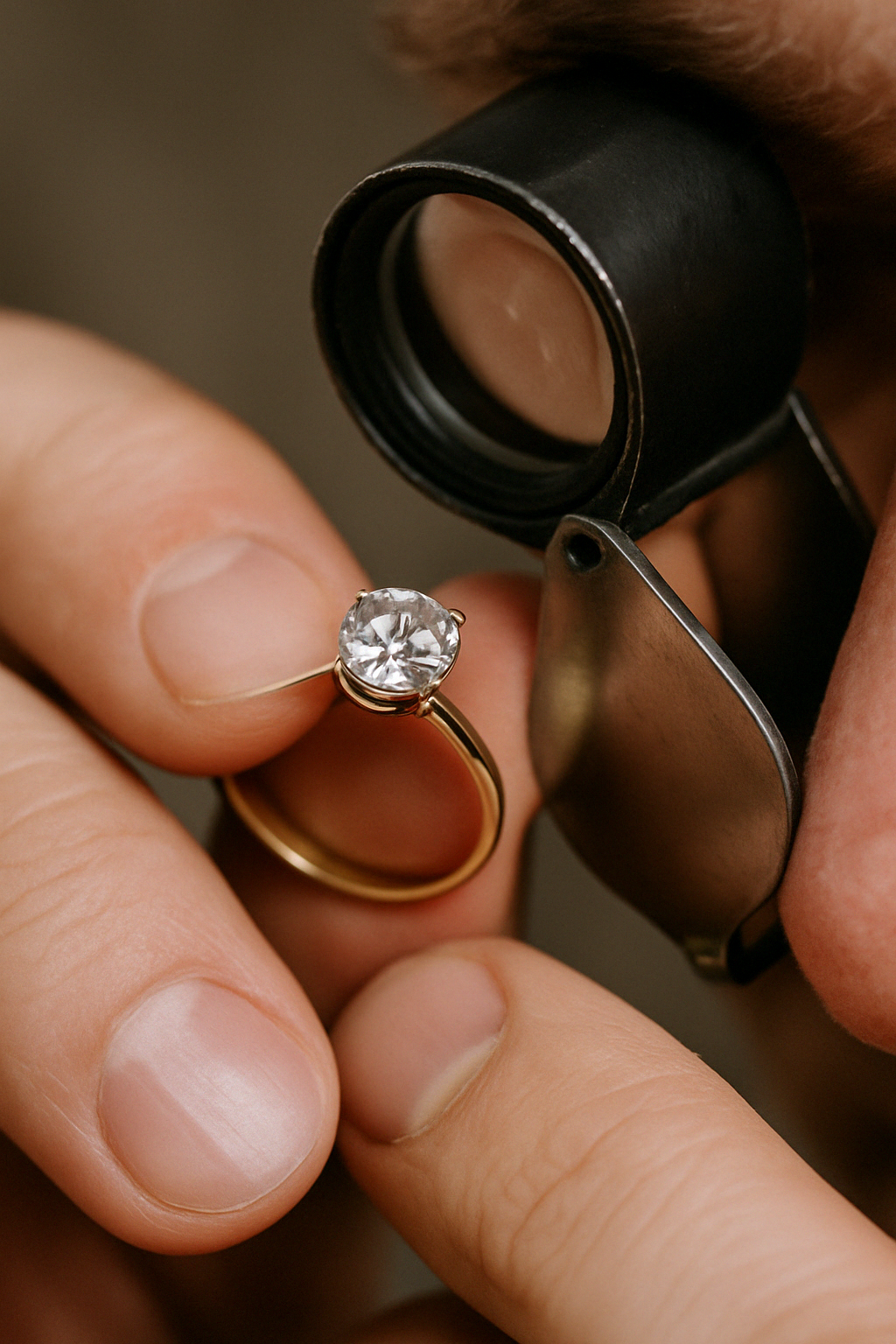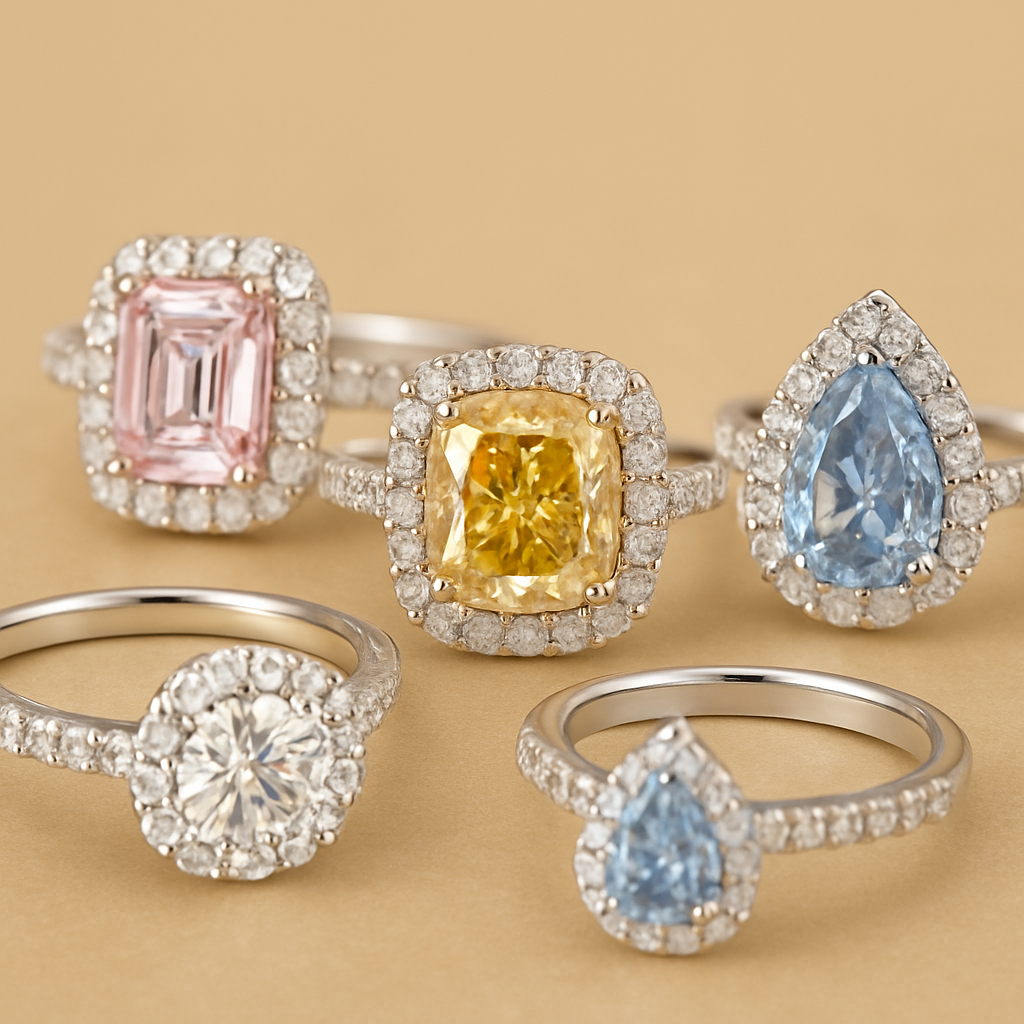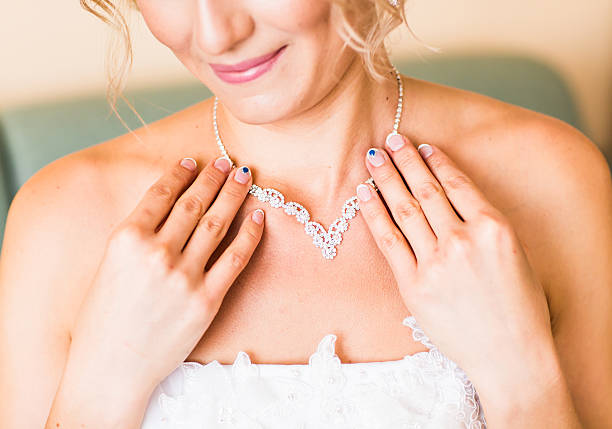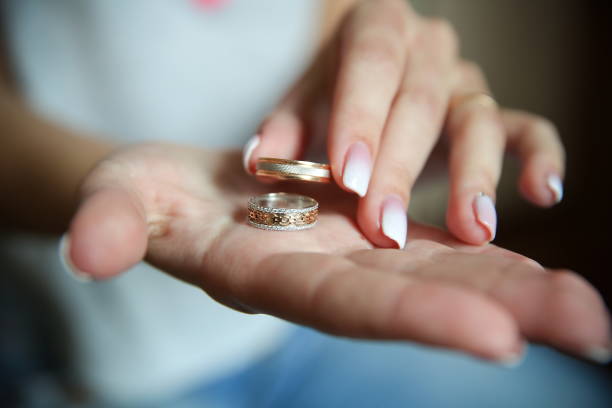In addition to being expensive, diamonds have significant emotional and monetary worth. Knowing how to determine whether a diamond is real or fake is essential, whether you're purchasing a new engagement ring or inheriting a family heirloom. Imitation stones like moissanite or cubic zirconia can frequently fool the untrained eye, but lab-grown diamonds are real and moral substitutes. Fortunately, there are a few useful techniques to help you distinguish between the real and the replica, some of which you can try at home.
🔍 Visual Inspection: Look for Natural Imperfections
Your first tool is a loupe or magnifying glass.
- Natural diamonds usually have minor inclusions or imperfections.
- These are normal and can be a sign of authenticity.
- Fake diamonds (such as cubic zirconia or glass) tend to look too perfect.
Also, examine the edges and facets. Natural diamonds have sharp edges and clean cuts, whereas fakes tend to look smoother or rounded.
💨 Fog Test: Breath It Out
This is a simple test you can attempt at home.
- Place the diamond near your mouth and breathe onto it as if it were a mirror.
- Real diamonds release heat quickly, so the mist should clear nearly instantaneously.
- If the mist hangs around for 2–3 seconds, then it could be an imitation stone.
This test is basic but surprisingly useful for rapid inspections.
💡 Light Test: Sparkle & Fire

- See how the diamond reflects light.
- Genuine diamonds emit flashes of color (fire) and shining white light (sparkle).
- Under artificial light, fakes frequently appear too bright or rainbow-like.
🧲 Water Test: Sink or Float
This is yet another short test at home.
- Gently place the loose stone into a glass of water.
- Because of their density, real diamonds will sink.
- Glass and quartz fakes can float or hover close to the bottom.
Note: only loose diamonds can pass this test.
📱 UV Light Test: Blue Glow
- Many real diamonds shine blue when exposed to ultraviolet (black) light.
- But some fake diamonds may glow, and not all real diamonds do.
- While useful, it is not a definitive test in and of itself.
🧪 Heat Test: Real Diamonds Resist Thermal Shock
Only for professionals or with careful handling.
- Warm the diamond for 30–40 seconds with a lighter and then plunge it into cold water.
- A genuine diamond will not be affected because of its hardness.
- Fakes such as glass or cubic zirconia will crack or shatter because of thermal shock.
Important: This test has the possibility of damaging the setting or the coating. Only attempt if the diamond is loose and disposable.
🧼 Check for Mounting & Certificates
- Real diamonds are usually mounted in fine metals such as white gold, platinum, or gold.
- Search for stamps such as 10K, 14K, 18K, or PT950.
- Always request certification from IGI, GIA, or AGS when buying fine diamonds.
🧠 When in Doubt, Visit a Jeweler
If you're still unsure, the safest route is a professional appraisal. Jewelers use tools like a diamond tester or microscope analysis to provide accurate results. It’s worth the peace of mind—especially when dealing with expensive pieces or heirlooms.
✅ Quick Checklist to Identify a Fake Diamond:
- Use a loupe to look for inclusions.
- Apply the fog test.
- Do the light and water test.
- Verify the environment and request certifications.
- Steer clear of stones with lingering fog or rainbow sparkle.







